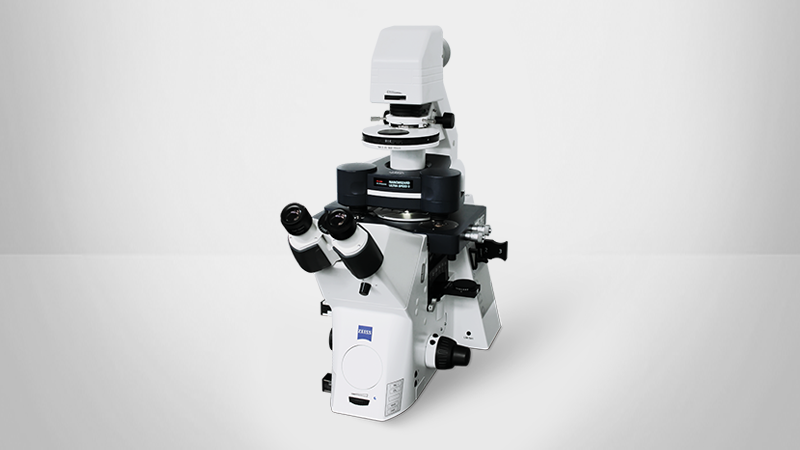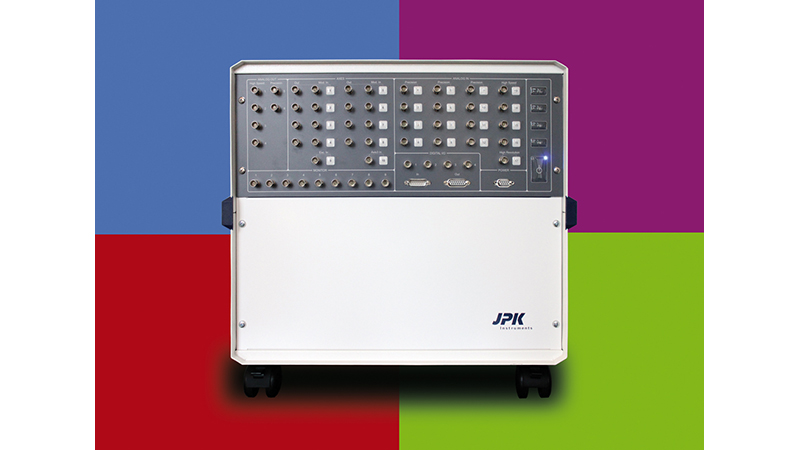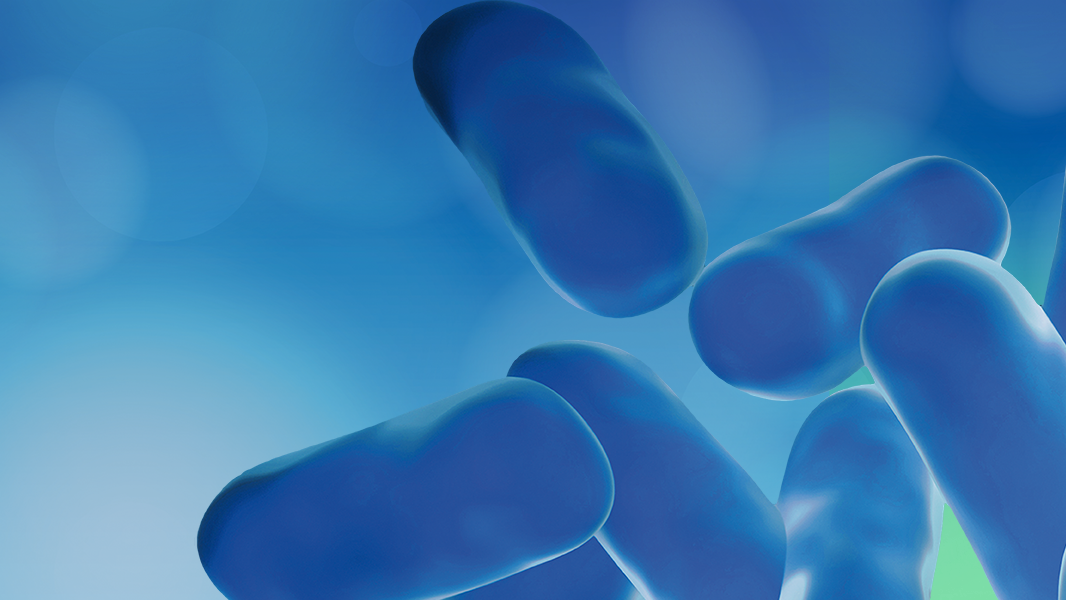Correlative AFM and Super-Resolution STED Analysis of DNA Nanostructures
Recent developments in high-speed AFM imaging (>10 fps) and the development of advanced imaging and quantitative property mapping modes have greatly expanded our ability to characterize kinetic and dynamic processes as well as very soft, very small, and fragile structures like single molecules in liquid.
The NanoWizard® ULTRA Speed 2 with the Vortis™ controller can be coupled to a super-resolution STED instrument. This setup leverages the advantages of both techniques to enable true correlative microscopy and non-invasive examination of specific molecules or features carrying immunochemical information.
In this application note, we exhibit the capability of the NanoWizard ULTRA Speed instrument to non-invasively scan DNA nanostructures at 400 lines/s in closed-loop mode. We demonstrate that the instrument can:
- Be successfully coupled to a 2D compact line super-resolution STED instrument;
- Non-invasively carry out correlative microscopy with lateral resolution beyond 70 nm; and
- Image dynamic processes with a temporal resolution of over 1 fps.
Readers can expect to learn about:
- How and why to use the NanoWizard ULTRA Speed instrument to study DNA-based nanostructures with sub-molecular resolution in vitro.


